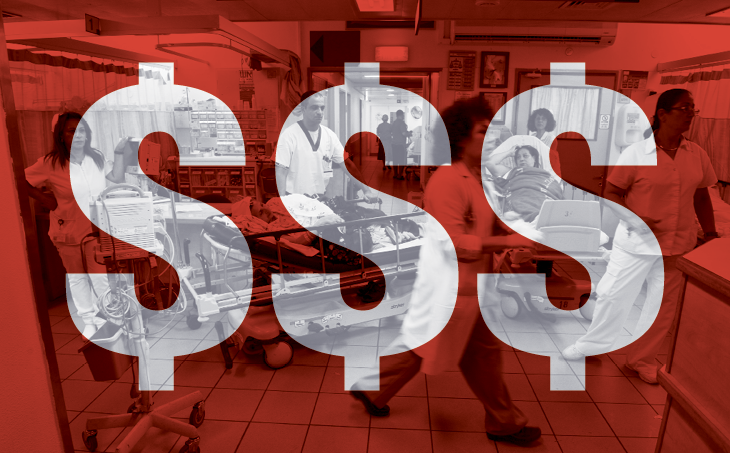As the Manager of Data and Reporting at eVisit, I equip my colleagues and customers with data illustrating the journey that patients take through telehealth programs.
My second and unpaid job is to navigate my healthcare for the treatment of Bipolar Disorder, type I with psychotic features, along with a battery of other chronic mental and physical illnesses including ADHD.
I share this information not because it is easy to talk about mental illness in a professional
setting, I share these details so that in reading this you will understand the severe
consequences that could have ensued without access to quality telemedicine services.
Health technology is as much a pride of passion as it is a necessity for me, and the story I bring to you today is a blanket example of why a product like eVisit, the leading telemedicine platform enables hospital systems to support the digitization of their existing clinical teams, is an essential component of a modern health platform.
While I thrive in the hustle and bustle of a manager position at a budding startup, my second job
is something I can be honest about my ongoing struggle with. Poor memory fueled by
organizational blunders makes keeping up with a consistent care team and ongoing medical
treatments incredibly challenging.
is something I can be honest about my ongoing struggle with. Poor memory fueled by
organizational blunders makes keeping up with a consistent care team and ongoing medical
treatments incredibly challenging.
For this reason, I often find myself turning to as-needed psychiatric telemedicine practices for last-minute medication refills. It doesn’t give me the coordinated care that I need as a patient with a serious mental illness, but it keeps me on my medication and 90% of the time that is enough.
Over the past month, my stress levels have been exacerbating my psychotic symptoms, though
who knows which was the chicken and which was the egg in this situation. As I was in my usual
habit of seeing my as-needed psychiatrist I attended another appointment with him to discuss
tweaking my medicine to address these worsening symptoms. What happened next is a shining
example of the strength of the telemedicine care model.
who knows which was the chicken and which was the egg in this situation. As I was in my usual
habit of seeing my as-needed psychiatrist I attended another appointment with him to discuss
tweaking my medicine to address these worsening symptoms. What happened next is a shining
example of the strength of the telemedicine care model.
The psychiatrist I had happened to be seeing semi-regularly because he was the first option
prompted to me by the care platform each time I signed on made it clear that my symptoms
were to the point where I needed to seek a higher level of care. He referred me to an intensive
outpatient program and urged me to establish more regular interactions with a more consistent
care team.
His referral was right on the money because the next night I had a psychotic episode
that led me to the emergency room for a psychiatric evaluation. After some much-needed
medication adjustments and support in creating that care team, I was released in time to begin
my intensive outpatient program.
that led me to the emergency room for a psychiatric evaluation. After some much-needed
medication adjustments and support in creating that care team, I was released in time to begin
my intensive outpatient program.
My new psychiatrist: online. My new psychologist: online. The intensive outpatient treatment
program: online. The dietician to address weight gain side effects of psychiatric medications:
online.
My recent experience in a world without telehealth would have looked much different. Is it
possible that I could have made an in-person psychiatric appointment with as fast a turnaround?
case. In the face of worsening symptoms in the absence of easy-to-access telemedicine
providers, I would have eventually scheduled an in-person appointment that would likely have
been months in waiting.
providers, I would have eventually scheduled an in-person appointment that would likely have
been months in waiting.
Waiting for this appointment with worsening symptoms would have led
me to hold out until I absolutely couldn’t anymore, resulting in a hospital visit with a much more
complicated outcome such as a lengthy stint at an inpatient facility.
me to hold out until I absolutely couldn’t anymore, resulting in a hospital visit with a much more
complicated outcome such as a lengthy stint at an inpatient facility.
If you are a mental illness non-believer you might say that the solution is for me to just magically
be better about keeping up with a care team. Instead, you might see that these telehealth
resources I was accessing worked exactly as they were meant to and played an essential role in my care.
Telemedicine services matter and provide a vital lifeline for many patients. Please share my
story and remember the tremendous benefit and support that telemedicine resources provide for
patients each and every day.





